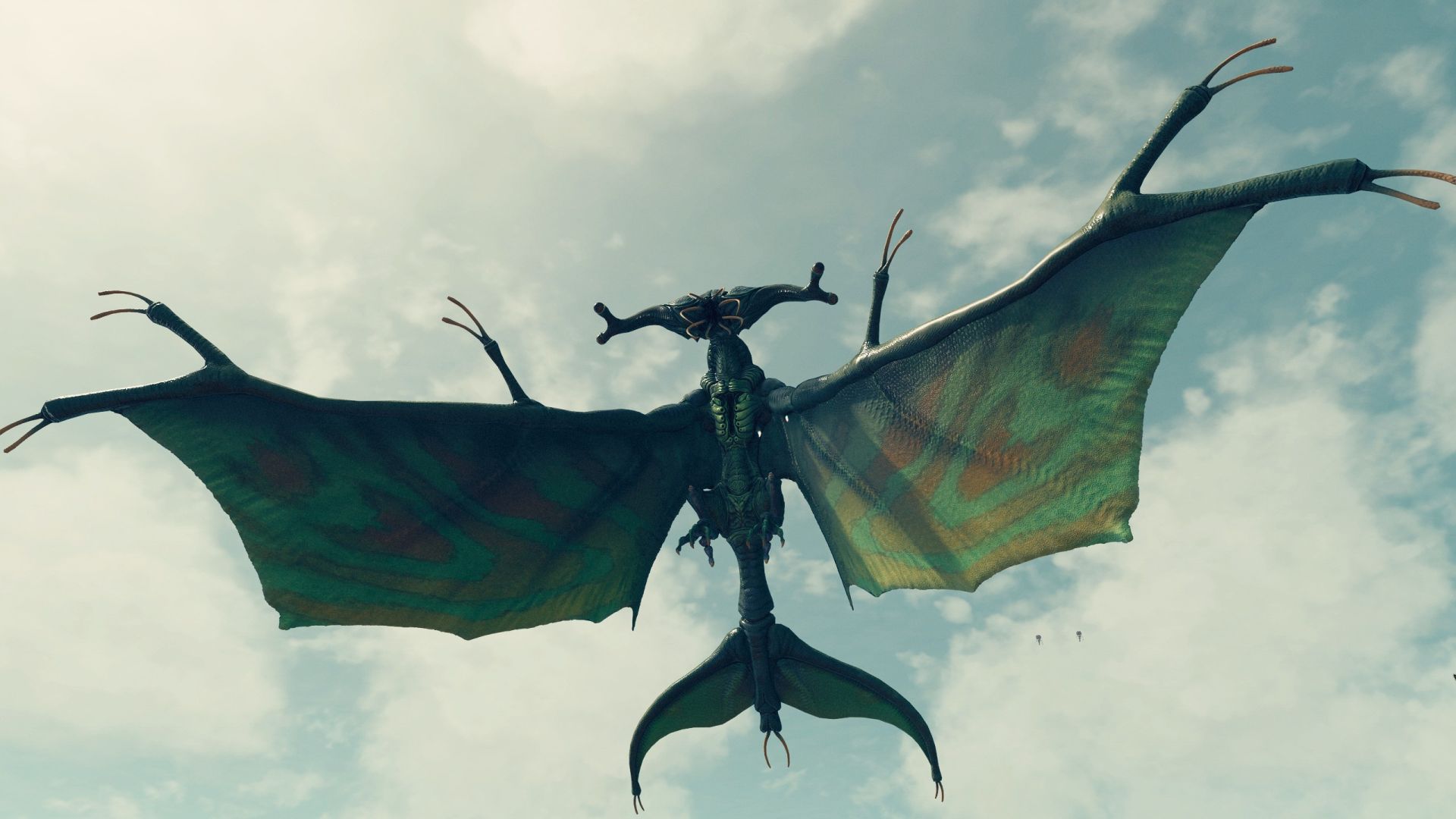
Some planets also feature multiple biomes to explore, which further complicated things. “We also had to consider which biomes they appeared in – if a creature only appeared in one, less common biome, they would be much harder to find and scan than if they appeared in multiple biomes,” explains Combs. “Having a manageable number of creatures that the player was required to find to complete a planet survey was a consideration. The density of creatures spawned is also controlled by the biome – some have higher density where it makes sense.”
I was curious to know if that placement was based on a lifeform’s evolution trajectory, because by the time we meet these creatures in the game, they’ve already reached their phase of surviving and thriving in a particular hospitable environment.
“We had an amazing variety of creatures created by our artists to choose from — there was not a specific system that determined how creatures evolved,” says Combs. “When placing creatures, there was thought put into which creatures made the most sense for which world: hard armored crabs might make sense for harsh, marshy worlds, for example. A big part of the process was if the creature looked right on a certain planet — ‘does this look like something that would thrive in the savannas of Akila?’ But they are also alien worlds, so sometimes you want a creature that looks alien.”
Piecing it Together
Creating all the creatures in Starfield required a significant amount of thought and effort from the development team. Nogueira shares that, during concepting, they produced dozens of silhouettes to create a diverse pool of alien creatures. Each of these concepts were grounded in realism by studying real creatures from our planet, while taking note of how diverse our own ecosystem is.


